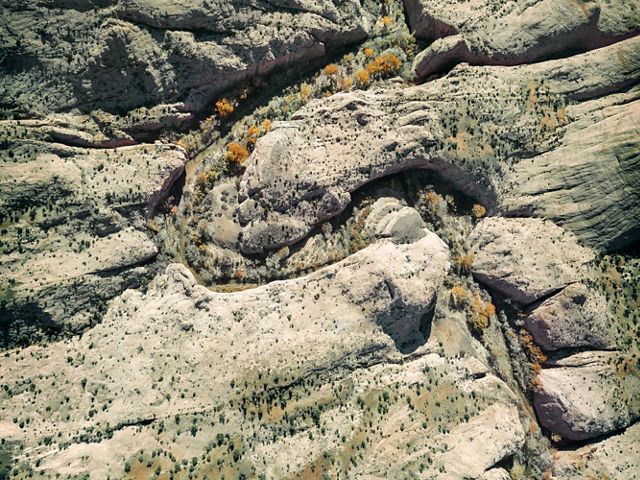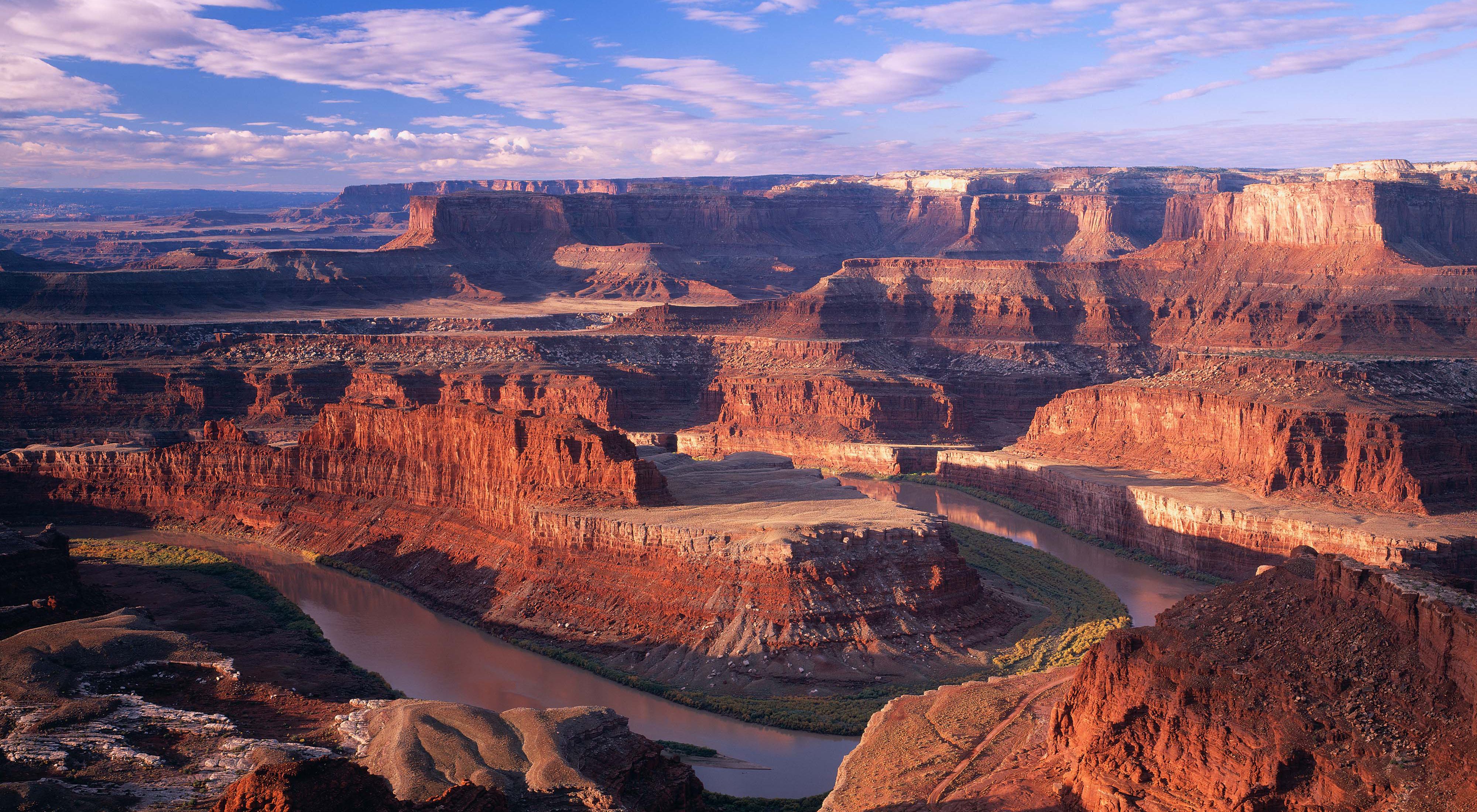The Colorado River is known for carving the picturesque landscapes of the Grand Canyon and for its stark and iconic beauty. Few people realize, however, that the Colorado River is the one of the hardest working rivers in North America.
The 1,450-mile-long river provides drinking water for more than 36 million people in the U.S. and Mexico, irrigates over 5 million acres of agricultural land, generates electricity that powers hundreds of thousands of homes, and supports a $26 billion recreation economy. Additionally, the Colorado River is a lifeline for plants, fish and other wildlife – 70 percent of the native fish species in the Colorado River Basin are found nowhere else on Earth.
But all of this is at risk. As demands for water grow, the river has been stretched to the breaking point, putting fish and wildlife at risk and lessening the reliability of western communities’ water supplies. To help put the Colorado River on the path to sustainability, The Nature Conservancy has teamed up with farmers and ranchers throughout the region to develop a water bank that will preserve and help meet the water needs of cities, agriculture and the environment.
More than a decade of drought and overuse have caused the two largest reservoirs in the Colorado River Basin, Lakes Mead and Powell, to drop to critically low levels. This puts the Colorado River Basin in a very vulnerable place. If we don’t act now, a few more bad water years could crash both reservoirs, jeopardizing water security for the entire region and in turn putting the health of our rivers at risk.
A water bank program would address this challenge by compensating willing participants to reduce their water use and “bank” this water in Lake Powell to help avoid shortage. Funding for a program would come from the water users who are most vulnerable to a shortage, like municipalities and the hydropower industry.

To test this concept on the ground, the Conservancy has partnered with the Grand Valley Water Users Association in Western Colorado on a water bank pilot project. The pilot project, now in its second year, has already helped to reduce irrigation on over 2,300 acres, creating 5,900 acre-feet (almost 2 billion gallons) of water savings. In addition, these water savings have helped improve flows for endangered fish like the Colorado Pikeminnow and Razorback Sucker and preserve important riparian habitat for wildlife such as the bald eagle and great blue heron, and plants such as native cottonwood and willow.
The success of this water bank pilot project in Colorado catalyzed the Conservancy’s newest project on the Price River, an important Colorado River tributary in Utah. In spring 2018, the Conservancy partnered with the Carbon Canal Company, the river’s largest irrigation company, to reduce water use on 1,200 acres of farmland, generating 2,300 acre-feet (750 million gallons) of water savings, improving flows in the Price River and downstream in the Green and Colorado Rivers.
Additionally, 2018 has seen the Conservancy expand its work with farmers in central Arizona. Earlier this year, the Conservancy implemented river and forest restoration projects that improve water quality and quantity in the Salt and Verde Rivers. One of these projects includes working with farmers to switch from using water intensive crops like alfalfa to those that require less water, such as barley.
One of the challenges in switching barley is finding a market for the new crop. As part of this partnership, the Conservancy has invested in a malt house that will purchase barley from participating farmers, process the barley into malt, and sell the malt to local breweries. The project is off to a successful start and the Conservancy is looking for new opportunities to apply this win-win combination of economic development for the agricultural community with projects that restore flows for the river.
The Conservancy has also helped install more efficient irrigation systems in the area, working with farmers to replace flood irrigation with high-efficiency drip irrigation systems. These systems allow farmers to more closely match their irrigation to actual crop demands, reducing the amount of water they need to divert from the river.
Projects like these wouldn’t be possible without support from a variety of partners, including Tom’s of Maine. As the leading maker of natural personal care products, Tom’s of Maine has a long-standing commitment to supporting people, communities and the planet. The company’s support of the Colorado River Basin is vital to the Conservancy’s mission to better protect, preserve and restore the nation’s freshwater.
Every year, Tom’s of Maine donates a portion of its profits to conserve nature for future generations. The company has been giving 10% of its profits for decades and has supported hundreds of nonprofits, including The Nature Conservancy. Tom’s of Maine’s support for the Colorado River Basin is part of a larger contribution of $1 million to the Conservancy to support water restoration projects.
Quote: Taylor Hawes
With so many depending on the Colorado River, we must find innovative ways to make each drop go further to ensure a resilient future in the region”
“It is an honor to work with farmers who are true stewards of the land and water to find long-lasting, collaborative solutions, and we are grateful for all of our partners, including Tom’s of Maine, for supporting our work," said Taylor Hawes, the Conservancy’s Colorado River Program Director.

